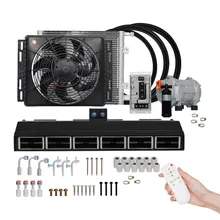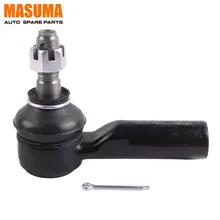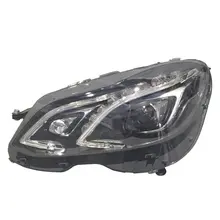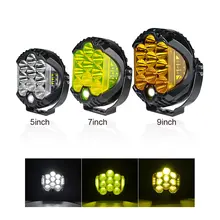Popular in your industry














































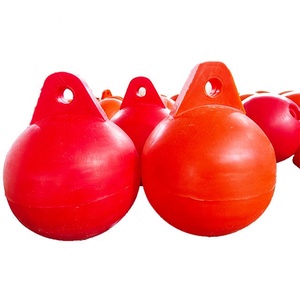
















Related Searches:























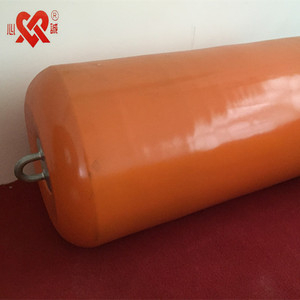



















































































Top categories
About anchor buoy
Understanding Anchor Buoys
An anchor buoy serves as a critical component in marine anchoring systems, marking the position of an anchor on the water's surface. These buoys provide a point of reference for vessels, ensuring that anchors can be dropped and retrieved with precision and safety.
Types and Features of Anchor Buoys
Diverse in form, anchor buoys come in various shapes, including spherical, cylindrical, and flat designs, each tailored to specific water conditions and anchoring needs. The materials used in their construction, such as UV-resistant vinyl or heavy-duty PVC, are selected for durability and visibility. Some buoys are equipped with reflective strips or built-in lights to enhance visibility during low-light conditions.
Applications of Anchor Buoys
Anchor buoys are not limited to a single purpose; they are utilized in a range of marine activities. From small recreational boats to large commercial vessels, these buoys play a vital role in mooring systems. They are also employed in marine construction, aquaculture, and as navigational aids in busy waterways.
Advantages of Using Anchor Buoys
The use of an anchor buoy is associated with several advantages. They facilitate the quick location of anchor points, reduce the risk of boat drift, and prevent potential entanglement with other anchors. Moreover, they can be a visual signal to other vessels, indicating an anchor zone and enhancing maritime safety.
Selection Criteria for Anchor Buoys
When selecting an anchor buoy, it is essential to consider factors such as buoyancy, material resilience, and the size of the vessel. The buoyancy must be sufficient to support the weight of the anchor chain, while the material should withstand the marine environment's corrosive elements.
Maintenance and Care for Anchor Buoys
Regular maintenance of an anchor buoy is crucial for ensuring its longevity and functionality. Inspections for wear and tear, cleaning to prevent marine growth, and checks for material degradation are all part of a comprehensive maintenance routine.
